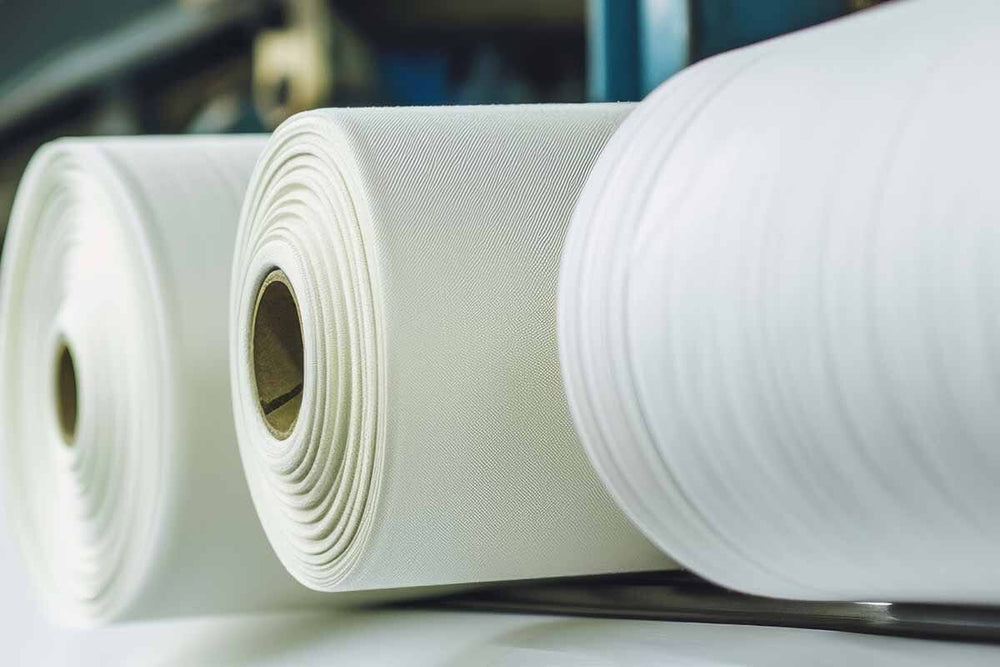
To make a fabric dust mite and allergen proof, several features and treatments can be implemented. Here are some commonly used methods:
- Tight Weave: Fabrics with a tight weave can prevent dust mites and allergens from passing through. The smaller the gaps between the threads, the more effective it is at blocking them. For example, fabrics with a pore size of less than 10 micrometers are considered effective in blocking dust mites and their allergens.
- Microfiber Fabrics: Microfiber fabrics are tightly woven and have very small fibers, making them effective at blocking dust mites and allergens. They have a high thread count and can create a physical barrier against these microscopic particles.
- Laminated Fabrics: The fabric is fused to a TPU membrane (thermoplastic polyurethane) making it waterproof and allergen proof.
Source:
It's important to note that the effectiveness of fabric in preventing dust mites and allergens depends on various factors, including the quality of the fabric, the construction method, and the type and size of allergens involved.
Additionally, regular cleaning and maintenance of fabrics are also crucial to reduce the presence of dust mites and allergens.

